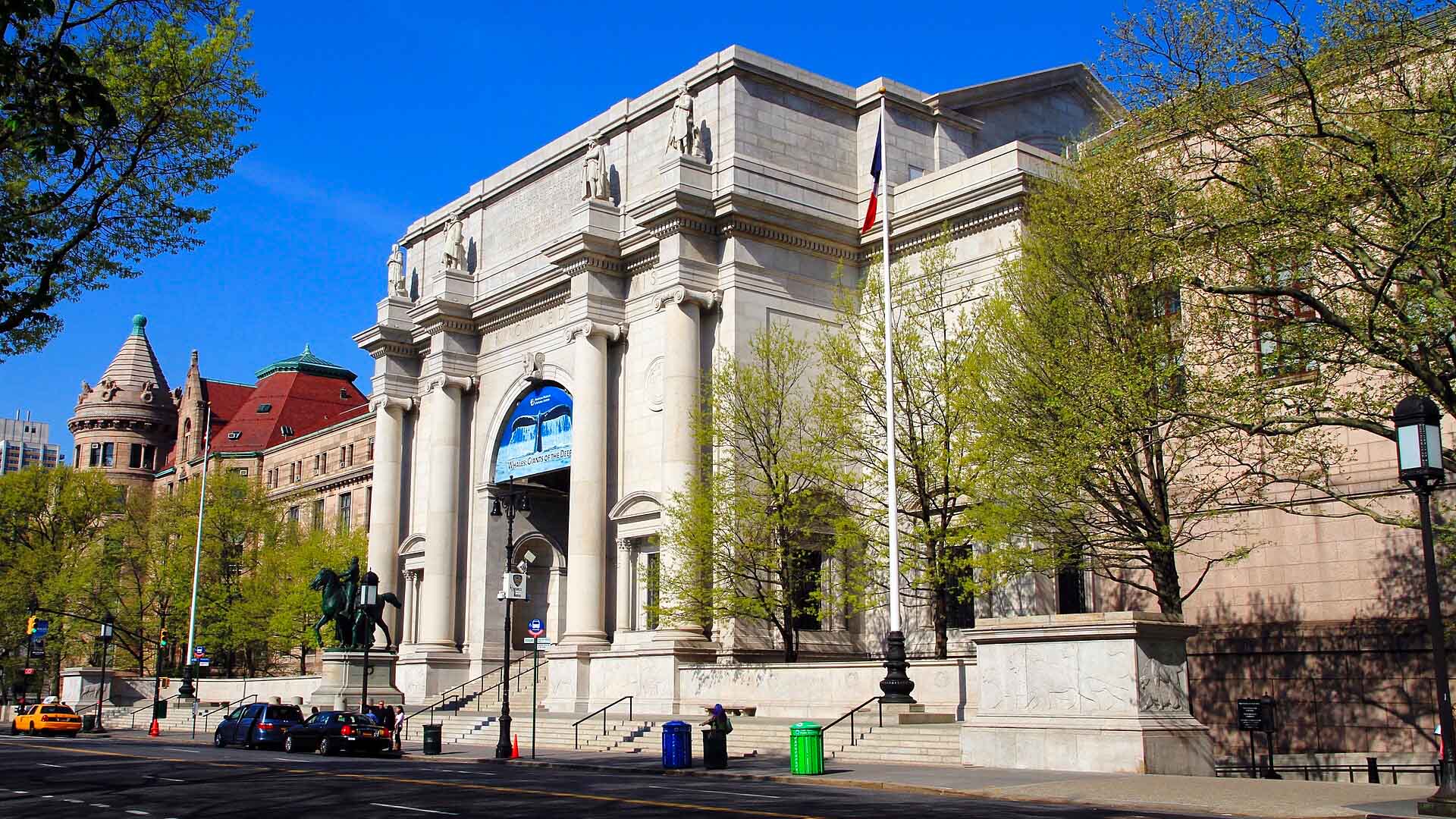The Wild Story of the Eagle Diamond (And How It Was Stolen)
In the summer of 1876, Wisconsin unknowingly sat atop hidden treasures. Amid farming and industry, Charles and Clarissa Wood’s unassuming life changed when a well deepening project on local farmer Tom Deveraux’s land unearthed an unusual yellow stone.
Initially ignored and given to a young girl, this stone, a 16-carat diamond, would reshape Eagle, Wisconsin. This accidental discovery by a farmer’s hired hands, while not initially seen as valuable, marked the beginning of a story filled with mystery, legal battles, and a legendary heist.
The Unrecognized Gem
For seven long years, the significant yellow diamond — which would later be referred to as the Eagle Diamond — found in Eagle lay unnoticed, mingling with everyday items in the Woods’ home. Clarissa Wood, intrigued by the stone’s beauty but unaware of its worth, sold it for a mere dollar to a local jeweler.

Source: Dexter Fernandes/Unsplash
Little did they know, this was no ordinary stone, but the largest diamond ever found in the United States at that time. Its true value remained hidden until identified by expert jewelers, showcasing the diamond’s humble beginnings and unexpected worth.
Eagle’s Hidden Riches
Following the diamond’s identification, Eagle’s tranquil life was forever altered. The once peaceful farming community became a bustling hub of activity as news of the diamond spread.

Source: City-Data
Property values skyrocketed, and the town experienced its own diamond rush as prospectors and dreamers converged, hoping to find their fortune. This frenzy marked a significant shift for the area, transforming its economic and social landscape overnight.
Legal Battle for Ownership
Clarissa Wood’s realization of the diamond’s true value sparked a legal battle that would reach the Wisconsin Supreme Court. Wood v. Boynton became a landmark case, establishing precedents in property law.

Source: rawpixel
Despite Clarissa’s efforts to reclaim the diamond for $1.10, the court ruled against her, emphasizing the legal complexities surrounding the ownership of found items. This case remains a point of discussion in law school, illustrating the intricacies of property rights.
From Obscurity to Fame
The Eagle Diamond’s journey from obscurity to fame is a tale of unexpected twists. Sold to Tiffany & Co. and later to J.P. Morgan, its value and recognition soared.

Source: Ingfbruno/Wikipedia
Donated to the American Museum of Natural History, it rested quietly until 1964, when it became part of New York’s most notorious jewel heist, according to The New York Times.
The Heist of the Century
In October 1964, the American Museum of Natural History fell victim to a daring heist, leading to the Eagle Diamond’s disappearance. Orchestrated by Jack Murphy and his accomplices, Allen Kuhn and Roger Clark, this “heist of the century” revealed shocking security oversights and captivated public attention.

Source: cottonbro studio/Pexels
With display cases shattered and pillaged, the bold theft of numerous precious gems, including the infamous Eagle Diamond, marked a significant moment in criminal history, showcasing the audacity and cunning of the thieves.
A Trail of Clues
The aftermath of the theft left the museum’s Hall of Gems in disarray, with valuable pieces (including the Star of India) missing and security flaws exposed. The museum valued the stolen gems’ worth at $410,000 back then, which would be around $3.3 million today.

Source: cottonbro studio/Pexels
The investigation highlighted the museum’s inadequate protection, with broken alarms and insufficient guard coverage coming to light. This negligence contributed to the ease of the heist, prompting a reevaluation of security measures in institutions worldwide.
Catching the Culprits
The flamboyant lifestyle of the thieves, along with some not-so-humble brags, led to their capture, thanks to a vigilant hotel employee. Despite their quick apprehension, the stolen jewels, including the Eagle Diamond, remained at large.

Source: Kindle Media/Pexels
The subsequent investigation and search showcased a blend of traditional police work and public tips, highlighting the community’s role in solving high-profile crimes.
A Deal with the Devil
In an unusual twist, the prosecution, led by detective Maurice Nadjari, made a deal with one of the thieves, Allan Kuhn. This led to a covert mission to recover the stolen jewels. In exchange, the group received reduced sentences.

Source: Sora Shimazaki/Unsplash
This bold strategy, fraught with legal and ethical questions, demonstrated the authorities’ desperation to reclaim the museum’s treasures. The operation’s success, though partial, highlighted the unconventional tactics sometimes necessary in the face of extraordinary crimes.
Partial Recovery
Although the mission — which saw Kuhn being temporarily released from prison — recovered several important gems, the Eagle Diamond was notably absent from the items retrieved.

Source: Rawpixel
Its continued absence added a layer of intrigue and mystery to the already sensational story. The heist’s partial resolution left a bittersweet taste for the prosecution, with significant losses still felt by the museum and the public.
Aftermath and Legacy
The culprits, having served light sentences of two years at Riker’s Island, took divergent paths. Jack Murphy’s life, in particular, underwent dramatic changes, from continued criminal endeavors to eventual redemption through religious ministry.

Source: Scott Webb/Pexels
The heist left an indelible mark on museum security protocols, shaping policies and practices to prevent future losses of irreplaceable cultural artifacts.
Echoes of the Past
The story of the Eagle Diamond, from its accidental discovery to its infamous theft, continues to fascinate and educate.

Source: Tony Webster/Wikipedia Commons
As a symbol of both natural beauty and human oversight, it serves as a reminder of the unpredictable journey of valuable artifacts while leaving a heightened focus on why good security is needed for museums and similar institutions.
